Greater burdock. Can you grow it?
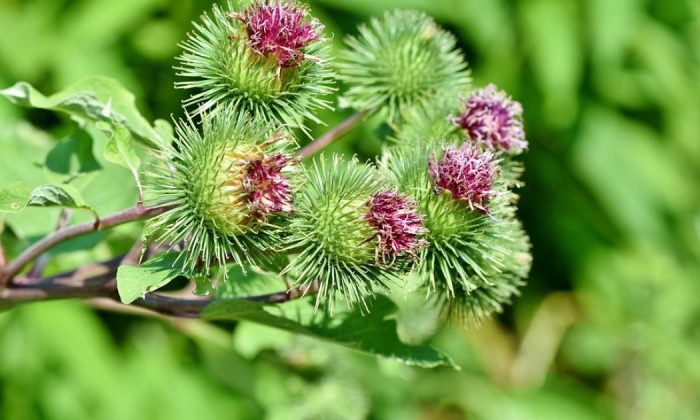
Arctium lappa and Arctium minus are seen by many as weeds. If these plants are not in our way, we usually do not notice it and let them be. It spreads on its own easily and can cover large areas. It can reach a height of up to 3 meters and we can all recognize it easily. Yup, huge flat leaves. The first year, burdock keeps it down to the ground, but in the second year it starts to grow more upright and produces stems with purple flowers.
Why should you grow it
Burdock grows on pastures, meadows and along roads. It produces dry seed pods which stuck to your clothes, shoes or even your pet’s fur and it is rather hard to get rid of them. It holds better than Velcro. The plant offers interesting taste and many beneficial health effects and it is used both in the kitchen and in folk medicine. The root has a sweet and pungent taste and it is often used in cooked dishes. Tea is also made out of it. Some people used it as a substitute for artichoke. As for medicinal benefits burdock is used to strengthen the liver, urinary tract and to promote a healthy skin.
Photo: Pixabay
Growing burdock
If you want to grow from seeds you need to do it autumn or spring. Burdock grows quickly and will reach full size at the end of summer. An interesting fact: seed freezing boosts germination. You can start collecting roots about 90 days after germination. Burdock will grow in many different soils, it has deep roots and it does not even require regular watering. Plant it away from root vegetables. Rather than problems with cultivation, you will encounter the opposite: how to curb its growth and how to get rid of burdock from places where you don’t want it…
Care and harvest
Burdock will grow in the sun or in partial shade. Fertilization and regular watering are not necessary. Young leaves and stems, as well as roots are used for medicinal and culinary purposes but you need to cut and collect leaves no later than in mid-summer. You can use young leaves for cooking. Cook and prepare as spinach for example. Collect roots at the end of the first year or at the beginning of the second year after planting. Dug the plant up and cut off roots. Use a spade to do so as the roots are deep. Recipes include various boiled, baked or fried dishes. Roots may also be dried, but you need to wash them well before drying. Chop them to the required size before drying because they will get hard.
Seed harvesting
Collect the seeds at the end of the second year – where seed pods form. Remove the prickly cover and dry the seeds. The seeds may be used to grow new plants or for medicinal purposes – they are used to treat arthritis pain or toothache for example.
Source: https://www.thespruce.com/what-is-burdock-1762279
Preview photo: Pixabay

Gardening is my hobby, I have a lot of experience and I am happy to share it.
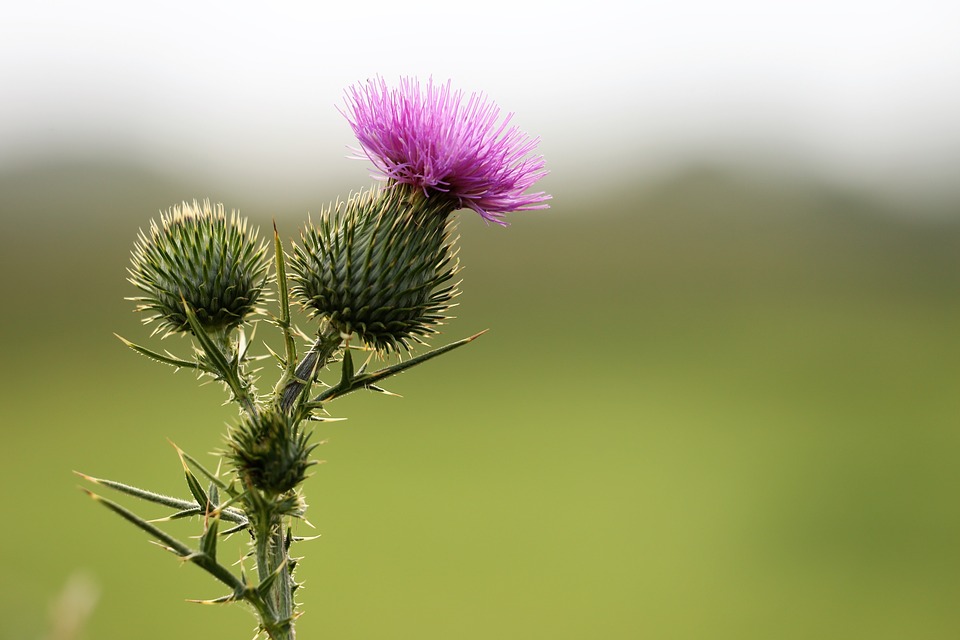


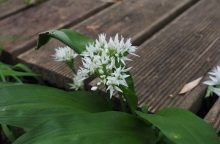
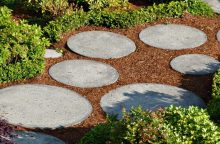
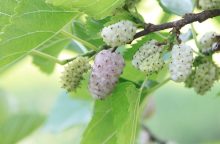

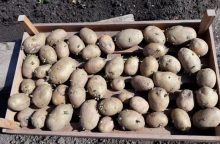
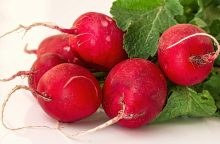
0 comments